Think binkies are bad for breastfeeding?
You may have to think again.
Hospitals across the U.S. have stopped giving pacifiers to newborns in order to encourage breastfeeding, but a new study casts doubt on the usefulness of that practice. Researchers found that when Oregon Health & Science University (OHSU) implemented a policy to remove pacifiers, breastfeeding rates fell, while the use of supplemental formula went up.
"Our observations suggest routinely removing pacifiers may negatively impact exclusive breastfeeding rates during the birth hospitalization," said Dr. Carrie Phillipi, a pediatrician with Oregon Health & Science University and co-author of the study, presented Monday at the Pediatric Academic Societies' annual meeting in Boston. Major health organizations, including the American Academy of Pediatrics, have recommended exclusive breastfeeding for a baby's first six months.
To look at the impact of pacifier removal on breastfeeding, researchers considered data from more than 2,200 infants born at OHSU between June 2010 and August 2011. Midway through that time period, the hospital instituted a policy preventing nurses from regularly giving pacifiers to breastfeeding newborns in an effort to qualify as a so-called "Baby-Friendly" hospital. That initiative, sponsored by the World Health Organization and United Nations' Children Fund, recognizes institutions that promote breastfeeding by adhering to 10 steps, such as not giving infants outside food or drink unless medically indicated, and not providing pacifiers or artificial nipples. Groups like the American Academy of Pediatrics also recommend delaying introduction of pacifiers until babies are one-month old.
Notably, breastfeeding rates dropped substantially after pacifiers were restricted. Nearly 80 percent of infants breastfed exclusively in the months prior to the restriction, versus just 68 percent in the months after.
At the same time, the proportion of infants receiving supplemental formula also increased, jumping from 18 to 28 percent.
"As pediatricians and mothers who have breastfed our own children, we know first-hand there are a variety of opinions on pacifier use," Philippi said, admitting that she was surprised by the results.
"It's really hard, with newborns, to say that there's one rule that works for everybody," agreed Diane Asbill, a registered nurse and lactation consultant with the University of North Carolina's Women's and Children's Hospital, which recently earned the Baby-Friendly designation.
She explained that when it comes to full-term, healthy babies, the belief is that pacifiers may cover up feeding cues in the first few crucial days of learning. It may also make it harder for some babies to discern that they need to suckle not just to self-soothe, but also to get food.
Asbill's colleague, Kim Novak-Jones, a registered nurse who works at the maternity care center, also expressed surprise at the new study's findings. At UNC, she said, breastfeeding rates have jumped substantially since the hospital took steps toward becoming a Baby-Friendly hospital, including limiting pacifier use.
"I don't think we can prove a direct correlation, but we have seen what we think is a really nice increase in breastfeeding rates, and we think this is one of the factors," Novak-Jones said.
The authors of the new study said they do not yet understand the mechanisms underlying the shift they found in their hospital, nor do they claim that their findings should prompt a radical shift in hospitals' policies regarding pacifiers.
Instead, they say the findings highlight the need for continued research on the role of pacifiers in breastfeeding so that hospitals -- and, more importantly, parents -- can make informed decisions about how to proceed.
"Taken together, the 10 steps [required to become a Baby-Friendly hospital] have been shown to improve breastfeeding rates," Philippi said. "However, the individual contribution of removing pacifiers as one of the 10 steps hasn’t been as well studied."